Help your learners grasp the names and uses for the equipment they’ll encounter in this important practical
In titration, we use apparatus not often used in other experiments. It’s important to know why each piece of apparatus is used and its role in the titration.
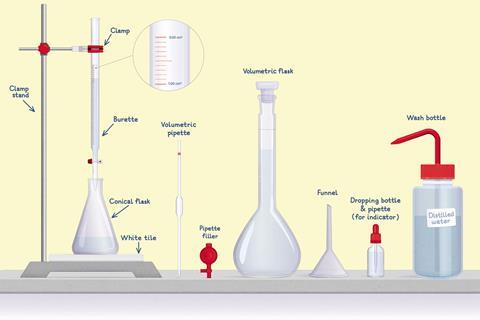
Download this
Infographic poster, fact sheet and student worksheet. Display the poster in your classroom or on a projector. Alternatively, print it and use as a handout.
The accompanying activity requires learners to name, describe the purpose and draw a simple diagram of each piece of apparatus, with follow-up questions on how to use the equipment and accuracy of measurements.
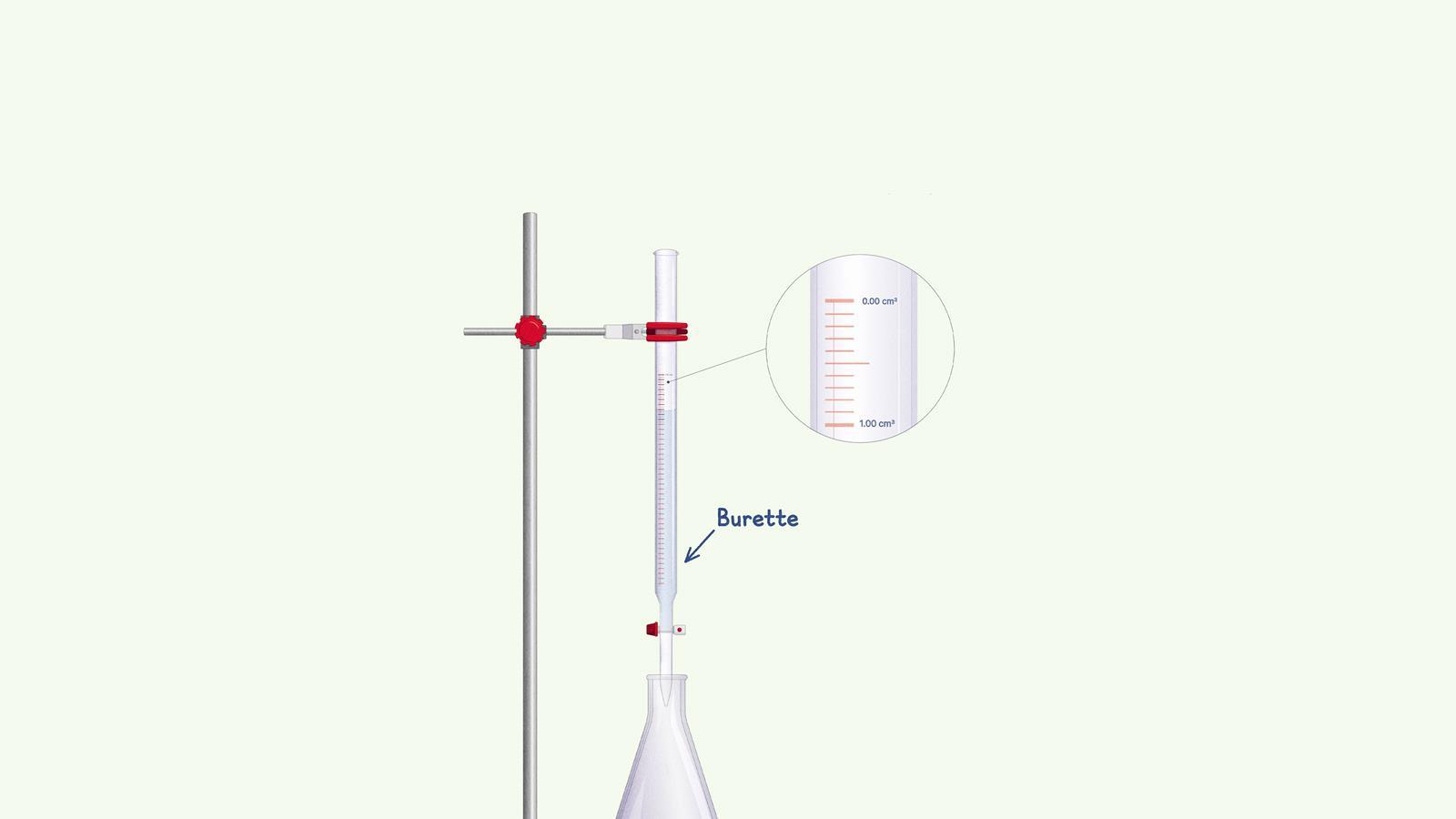

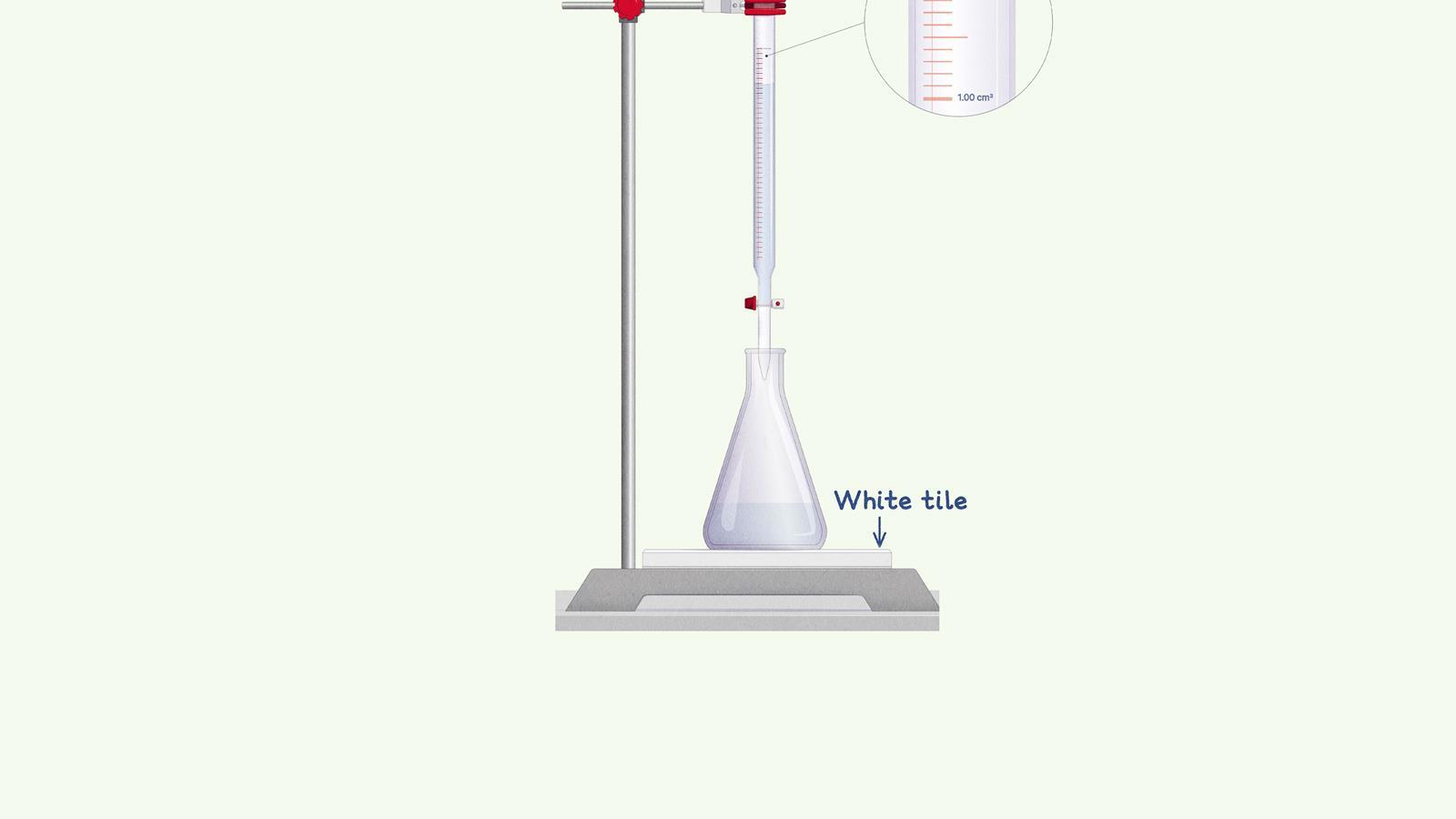
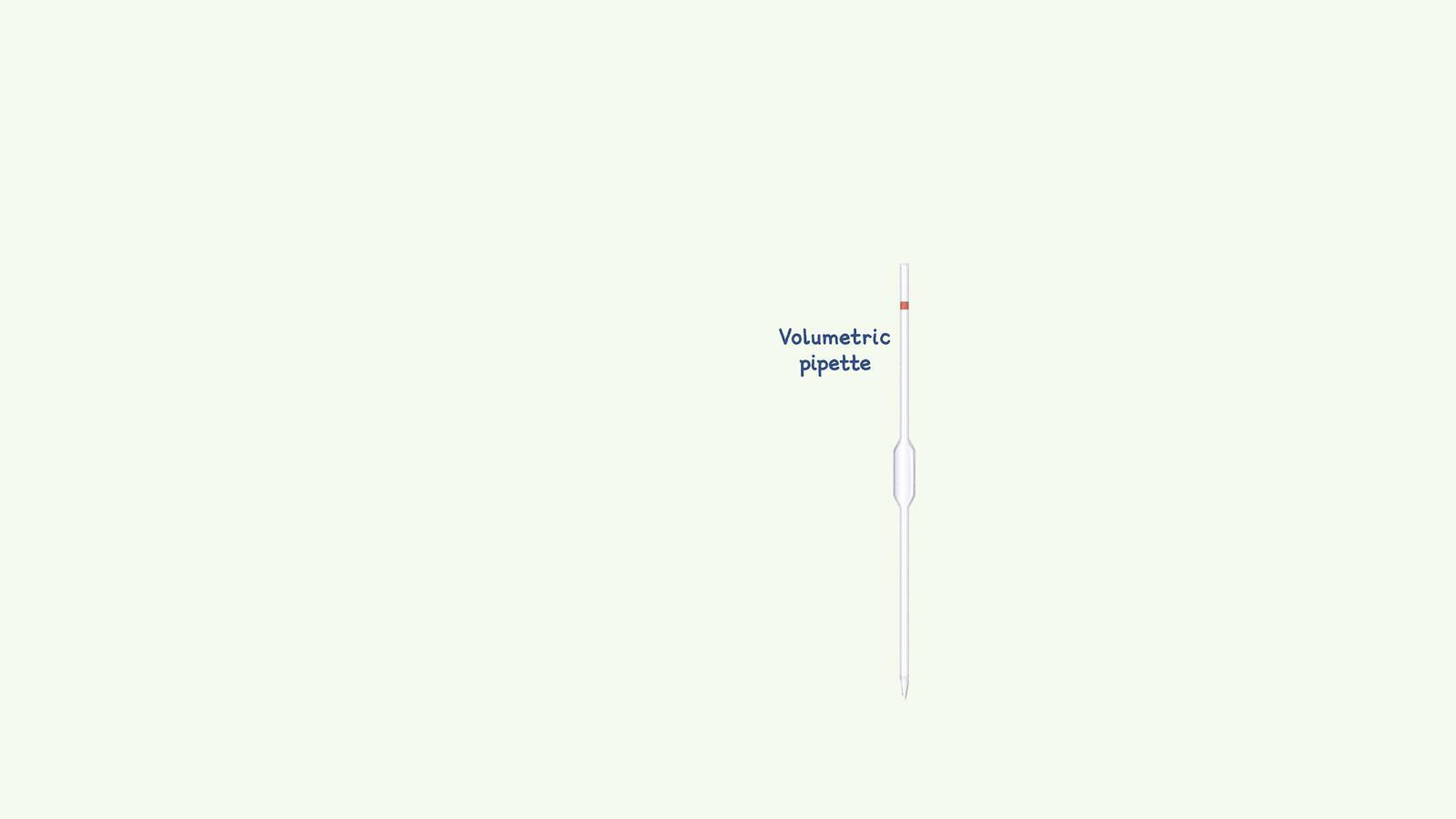
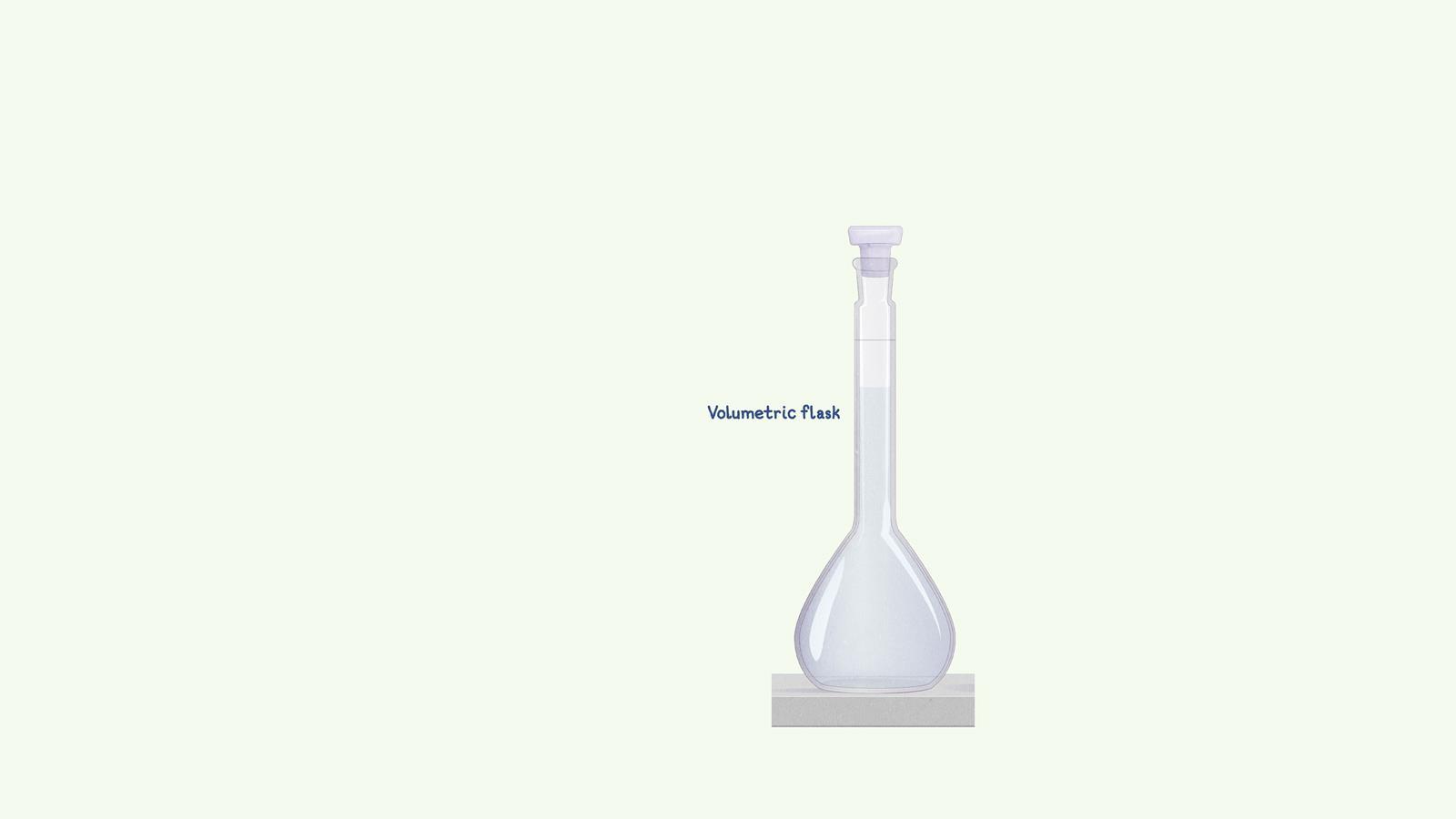
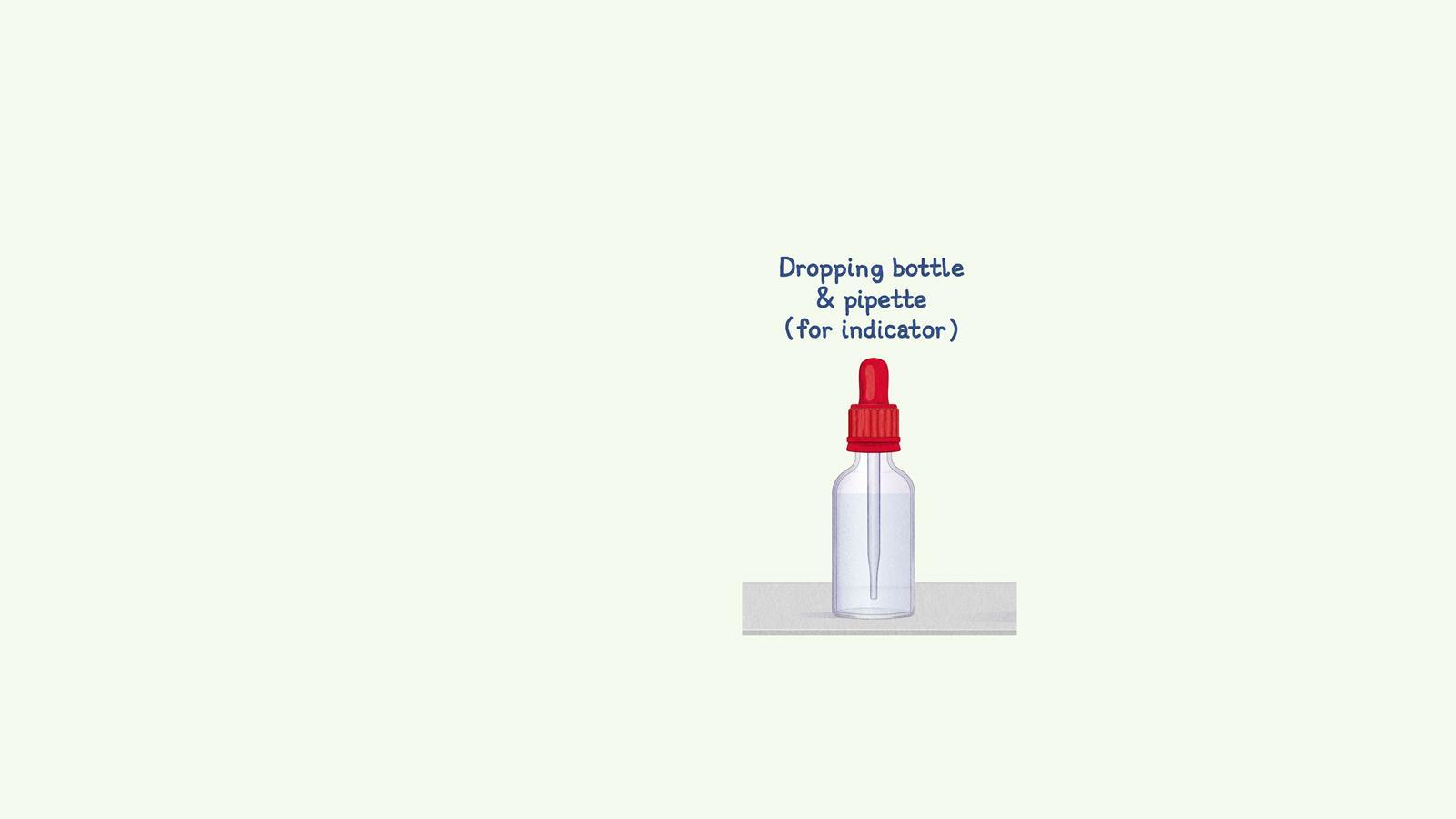
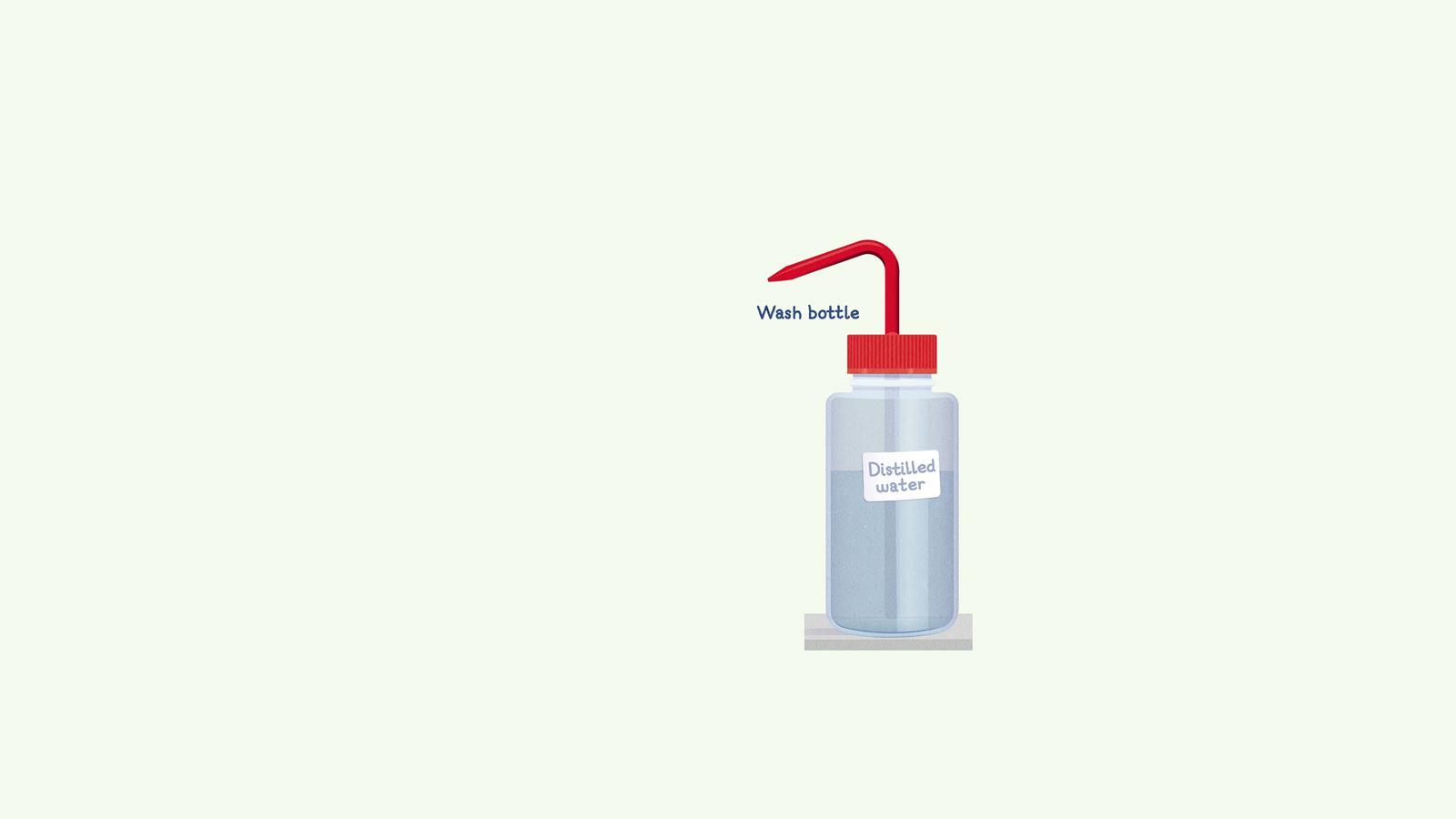
Burette: it is graduated (has measurement lines) and delivers a variable volume of solution. The scale is the opposite to a measuring cylinder – the top mark on the burette is 0.00 cm3. Most burettes have a total volume of 50.00 cm3
Conical flask: this holds one of the reagent solutions in a titration. It's this specific shape to make it easy to swirl, so you can mix solutions without any splashing out
White tile: provides a clean, bright background under the flask so you can see subtle colour changes
Volumetric pipette: this is calibrated to deliver a fixed volume of solution
Volumetric flask: use this specially shaped flask to make up solutions of specific concentrations. A fill line on the neck indicates the volume
Dropping bottle & pipette: add indicator from this to the conical flask
A wash bottle of distilled water: use this to wash down the sides of the conical flask in case any reactant is stuck to the sides
Did you know …?
The earliest titration was reported in 1729! It’s an ancient technique but is still carried out in modern laboratories.
Accuracy
The 25 cm3 volumetric pipettes we use in schools and colleges are grade B standard, which typically have an accuracy of ±0.06 cm3. This means that, when used correctly, the minimum volume delivered is 24.40 cm3 and the maximum volume delivered is 25.60 cm3.
Each reading you take from a burette has an accuracy of ± 0.05 cm3. When you take two readings, this accuracy is doubled. Because the volume delivered by the burette is variable, this accuracy has a bigger impact when you measure smaller volumes. This is clear when the accuracy is expressed as a percentage.
Both volumetric pipettes and burettes are more accurate than more commonly used apparatus such as measuring cylinders.
Did you know …?
You don’t need to fill your burette to the 0.00 cm3 mark each time. You can easily calculate the volume delivered by subtracting the start reading from the end reading.
More resources
- Get your 16–18 learners to plan a titration experiment to discover more about the change in vitamins and enzymes during cooking.
- Task 16–18 students with writing balanced equations and calculating reacting masses and moles to find the limiting reagent in this acid–base back titration.
- Give learners the opportunity to practise their skills with our titration screen experiment. This interactive resource also includes a redox titration experiment.
- Use microscale titration to complete an acid–base titration with sodium hydroxide in this class practical from the Nuffield collection.
- Get your students to have a go at a worked example of a Chemistry Olympiad question on the use of titration to determine phosphate levels in the environment. Includes video walkthrough and transcript.
- Try these five teaching approaches to explain titration to your learners.
Finding the end point
In titration, the end point is a complete reaction between the reactant solutions in the burette and the conical flask. You will often use an indicator to give a colour change, but some titrations are self-indicating.
Did you know …?
Manual titrations can be time consuming, so some simple titrations are automated. However, automatic titrators cost from around £1000 to over £10,000, so it’s unlikely you’ll find one at a school!
Want more posters for post-16 learners?
These posters all come with worksheets and activities to download and use with your students.
Downloads
Titration apparatus poster
Handout | PDF, Size 2.84 mbTitration apparatus fact sheet
PDF, Size 0.17 mbTitration apparatus unscaffolded student sheet
Handout | PDF, Size 0.19 mbTitration apparatus scaffolded student sheet
Handout | PDF, Size 0.23 mbTitration apparatus teacher notes and answers
Handout | PDF, Size 0.37 mbTitration apparatus fact sheet
Word, Size 0.45 mbTitration apparatus unscaffolded student sheet
Editable handout | Word, Size 0.64 mbTitration apparatus scaffolded student sheet
Editable handout | Word, Size 0.64 mbTitration appartus teacher notes and answers
Editable handout | Word, Size 0.95 mb





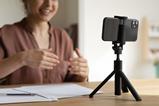
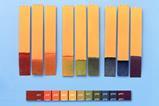
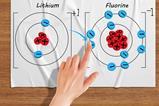






4 readers' comments